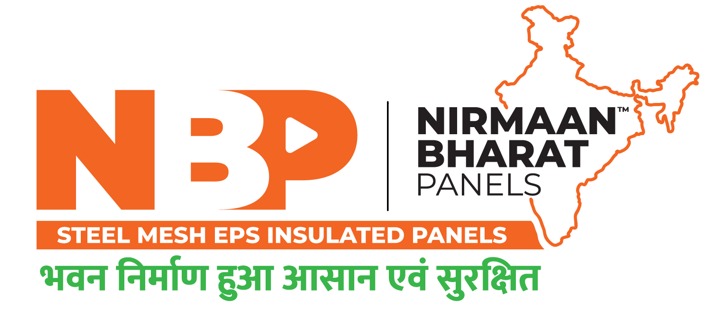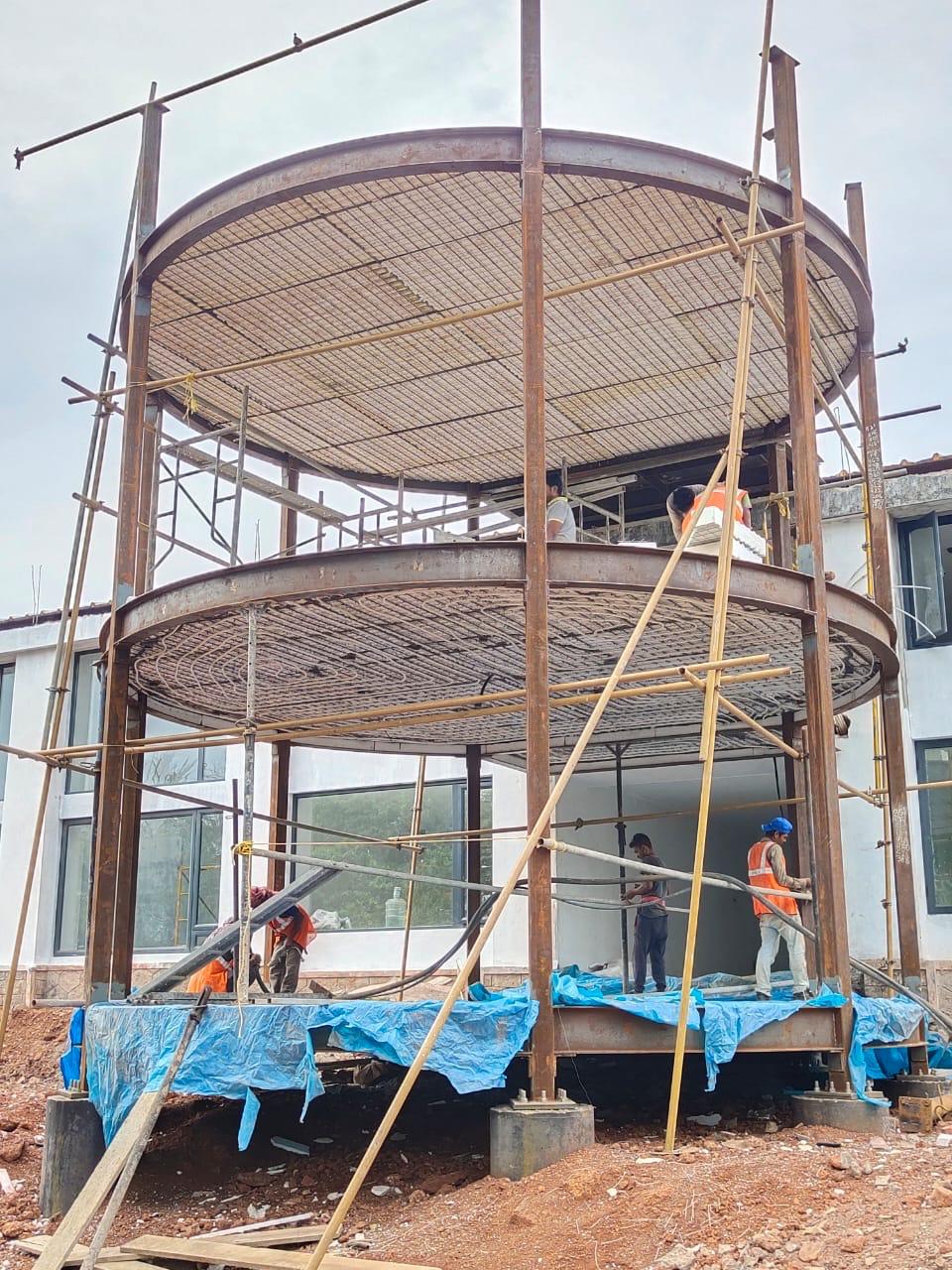In the realm of construction and renovation, the quest for efficient, durable, and cost-effective materials is unending. With technological advancements, the market has witnessed the rise of innovative solutions, among which reinforced EPS (Expanded Polystyrene) structural panels stand out as a game-changer. These panels, composed of a combination of EPS foam and structural reinforcement materials like steel, offer a multitude of advantages, revolutionizing the way buildings are constructed and renovated.
Superior Strength and Durability:
Reinforced EPS structural panels are designed to provide exceptional strength while being relatively lightweight. The incorporation of steel or other reinforcement materials significantly enhances their load-bearing capacity. This amalgamation of strength and lightness makes them an ideal choice for various construction applications, ensuring structural integrity and longevity.
Energy Efficiency and Insulation:
EPS foam, the core material of these panels, boasts exceptional insulating properties. When used in construction, it forms a barrier that significantly reduces heat transfer, thereby improving energy efficiency. The reinforced panels’ insulation properties aid in maintaining consistent indoor temperatures, leading to reduced reliance on heating or cooling systems, ultimately lowering energy bills.
Speedy Installation and Reduced Labor Costs:
The prefabricated nature of reinforced EPS panels allows for quick and easy installation. Their lightweight structure facilitates faster handling and assembly, resulting in reduced labor hours. This characteristic makes them a highly attractive option for construction and renovation projects with tight deadlines or where efficient utilization of labor resources is crucial.
Customization and Versatility:
These panels can be customized to fit specific project requirements. They can be cut into various shapes and sizes, adapting effortlessly to diverse architectural designs. Moreover, they can serve multiple purposes, including wall systems, roofing, flooring, and even as structural insulated panels (SIPs). This versatility adds value by providing flexibility in construction and design.
Environmental Sustainability:
EPS, the primary material in these panels, is recyclable and environmentally friendly. Additionally, the reduced energy consumption due to the panels’ insulating properties contributes to lower carbon emissions over the building’s lifecycle. Choosing these panels aligns with sustainable construction practices, meeting environmental standards and reducing the project’s overall carbon footprint.
Resistance to Moisture and Mold:
EPS foam possesses inherent resistance to moisture, preventing issues related to rot or decay caused by water infiltration. This characteristic not only ensures the longevity of the structure but also mitigates the risks associated with mold growth, maintaining a healthier indoor environment.
Cost-Effectiveness:
While the initial cost of reinforced EPS panels might vary, their long-term benefits outweigh the upfront investment. The savings in energy costs, reduced labor expenses due to quicker installation, and minimal maintenance requirements contribute to significant cost savings over the building’s lifespan.
In conclusion, reinforced EPS structural panels offer a holistic solution for construction and renovation projects, addressing crucial aspects like strength, insulation, versatility, sustainability, and cost-effectiveness. Embracing these panels translates to enhanced efficiency, durability, and environmental responsibility, making them a compelling choice for modern construction and renovation endeavors. As the industry continues to evolve, these innovative panels stand tall as a testament to progress and excellence in construction materials.


